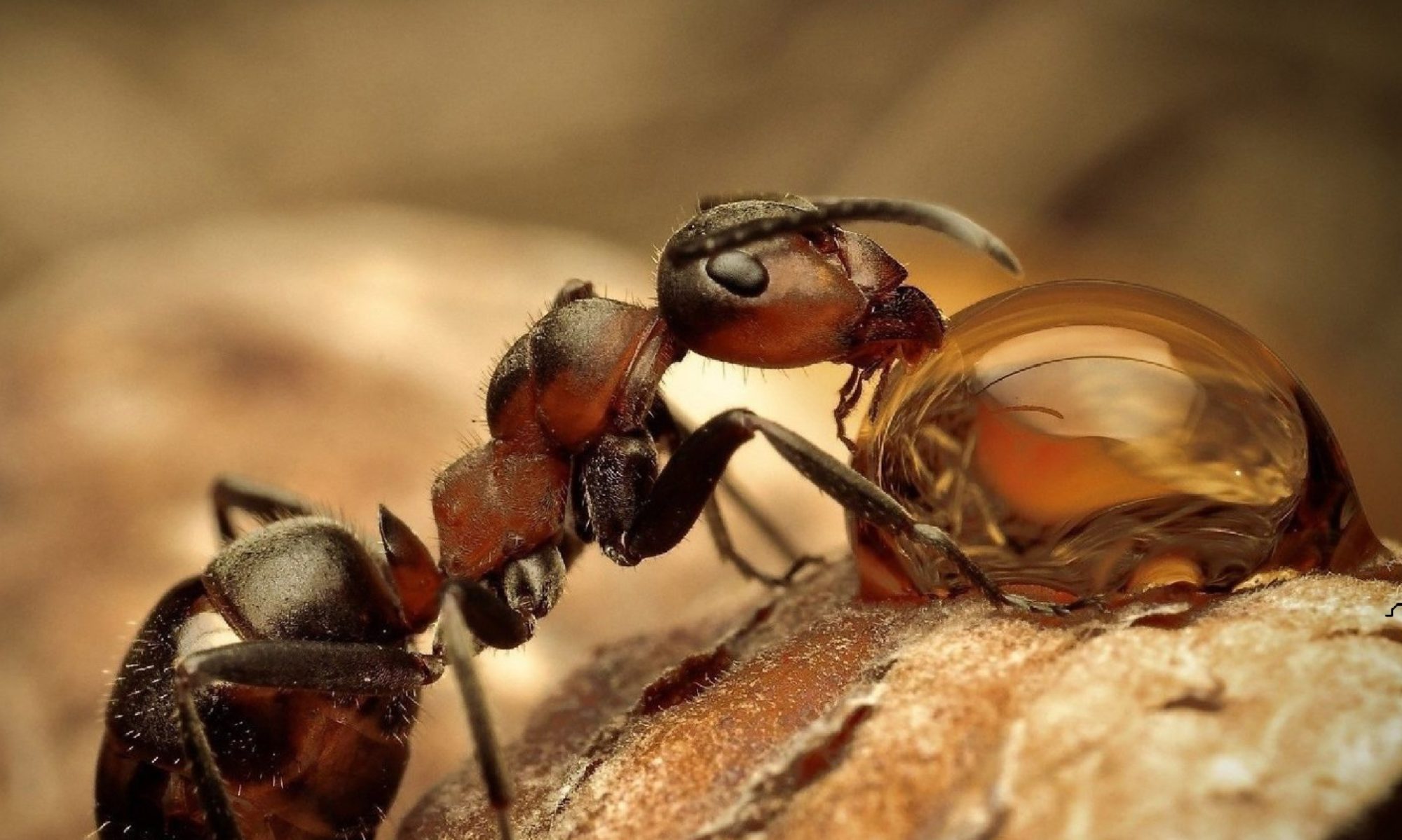If you’ve read Part I of this blog post, you may remember that not all species of ants have a designated queen. This characteristic is common in larger and more primitive ant species, such as the Diacamma. What separates these ants as primitive is due to their tendency to hunt alone rather than in large groups and can be identified by their large bodies and small colonies.
For the other species that do not have gamergates as the main method of reproduction, most colonies will simply die out when there is no egg-laying queen. For these colonies, there are some options. Either continue nurturing a larva destined to be a queen and send them out for nuptial flights when the time is right or simply adopt a newly mated queen ant from outside. In a captive setting, the first option is very difficult to do, as there is no guarantee that they will return. The second option is just as difficult, but can be done in certain circumstances. However, it is not recommended by most ant keepers.
